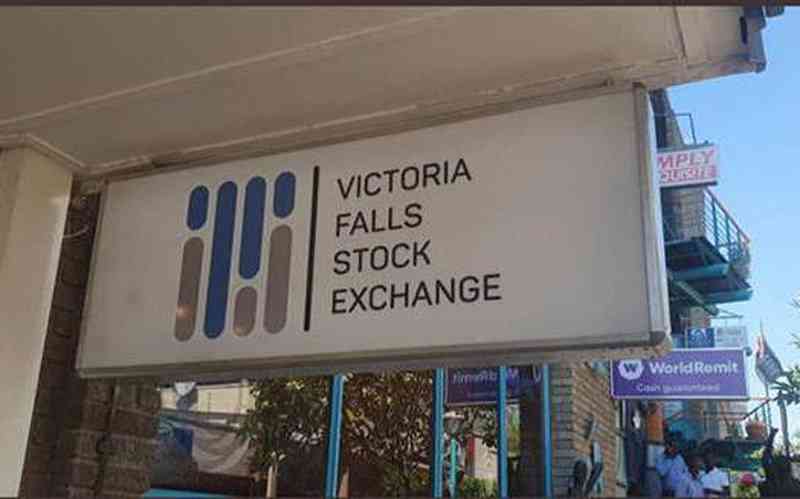
ZIMBABWE'S economy has made it difficult for companies to raise capital and deliver financial reports that are "useful" for investors, according to Inter Horizon Securities (IH), the leading advisory firm.
The economy has been plagued by hyperinflation, weakening and shortages of foreign currency and a power crisis.
Even though the government insists the economy has been recovering, the Zimbabwe dollar’s value continued to lose traction last year due to exchange rate volatilities.
Finance and Economic Development minister Mthuli Ncube instructed the Zimbabwe National Statistics Agency (Zimstat) in February to publish blended inflation, which gives an impression that stability has returned.
This has provided government with a chance to downplay the consequences of the economic downturn.
Zimstat was also told to stop reporting inflation rates in US dollars.
The government will use a weighted average of products and services priced in Zimbabwe dollars and US dollars to determine a blended rate.
However, the nation's industries have criticised the government for withholding crucial information about its contentious blended inflation and renewed their call for the government to switch back to Zimbabwe dollar-indexed consumer price index.
- Experts downbeat as Ncube cuts GDP forecasts
- Experts downbeat as Ncube cuts GDP forecasts
- Mnangagwa edict ‘will cripple ZSE’
- Tourism industry sees long road to recovery
Keep Reading
“The economy of Zimbabwe has been characterised by hyperinflation, depreciating local currency and foreign currency shortages among other headwinds,” IH Securities said in its equities research this week, an analysis of Axia Corporation’s operations.
“These challenges have made it difficult for companies to raise capital, preserve value and provide financial reports that are useful to the investor.”
It said government introduced the US dollar indexed Victoria Falls Stock Exchange to address capital shortages.
The VFEX was also launched as part of efforts to attract global capital and restore foreign investor confidence in Zimbabwe's capital markets as well as help companies raise capital in foreign currency.
IH said the operating environment remained challenging in the first quarter, characterised by unstable and multiple exchange rates, high inflation and the pass-through impacts of rising global inflation together with supply disruptions arising from Covid-19 and the Russia/Ukraine conflict.
Turning to Axia’s operations, IH said the firm was affected by high interest rates during the first quarter and management embarked on an aggressive repayment programme to reduce financial costs.
However, the second quarter witnessed a slowdown in the inflation rate and exchange rate volatility, and this resulted in increased foreign currency transactions.
Going forward, growth of the business is expected to be driven by a wider TV Sales and Transerv footprint as well as backward integration.
As of December 2022, significant progress had been made in the construction of the new bedding factory facility, which was set to open in March 2023.
Bedding product, restapedic volumes are anticipated to remain firm especially with the possibility of expanding into export markets.
“On this backdrop, we forecast Axia revenue to increase by 5% year-over-year to circa US$214,09 million in the full year 2023,” IH said.
The advisory firm projected that earnings before interest, taxes, depreciation and amortisation (EBITDA) margin to remain flat at 12%, translating to an EBITDA of US$25,69 million.
Profit after tax for the group is expected to close the financial year 2023 at US$19,27 million, translating to a net margin of 9%.







